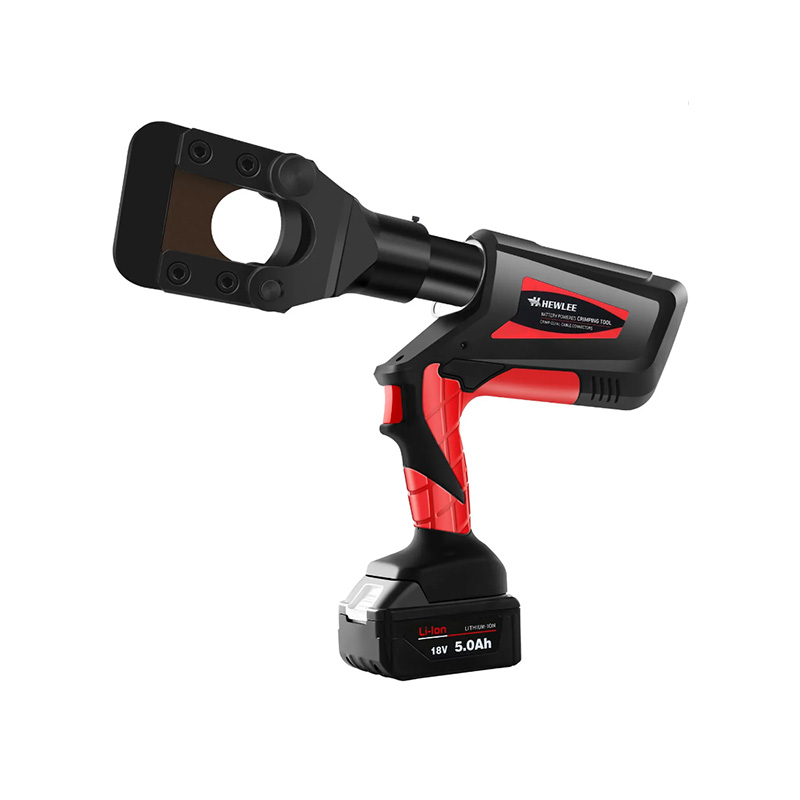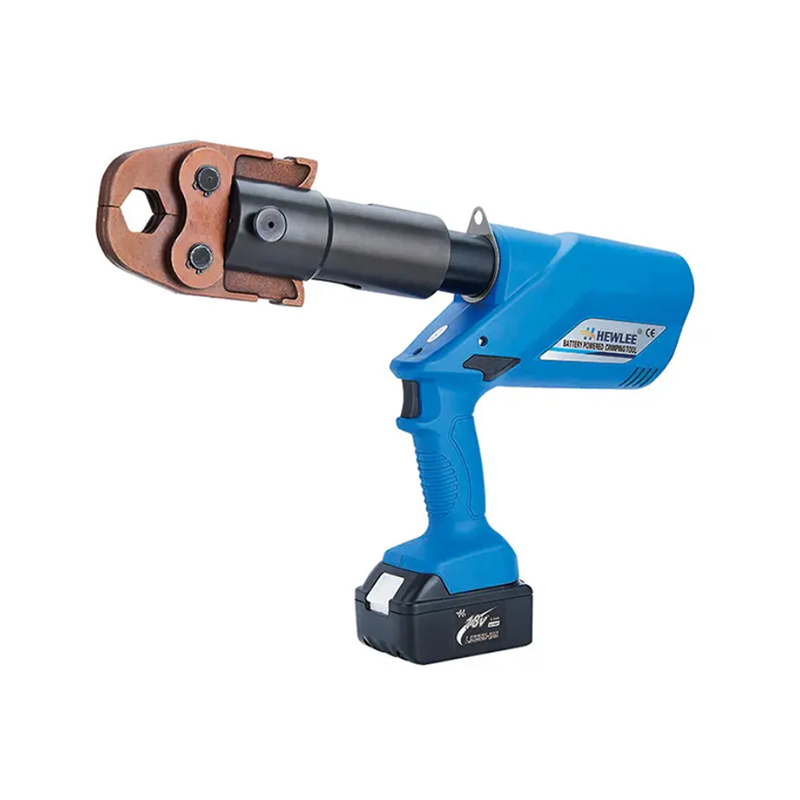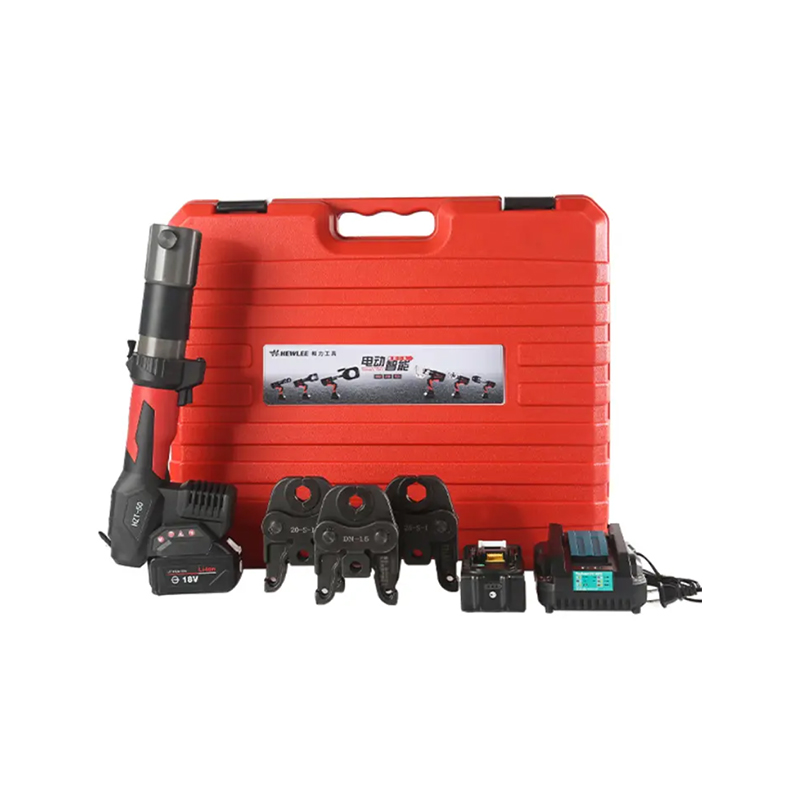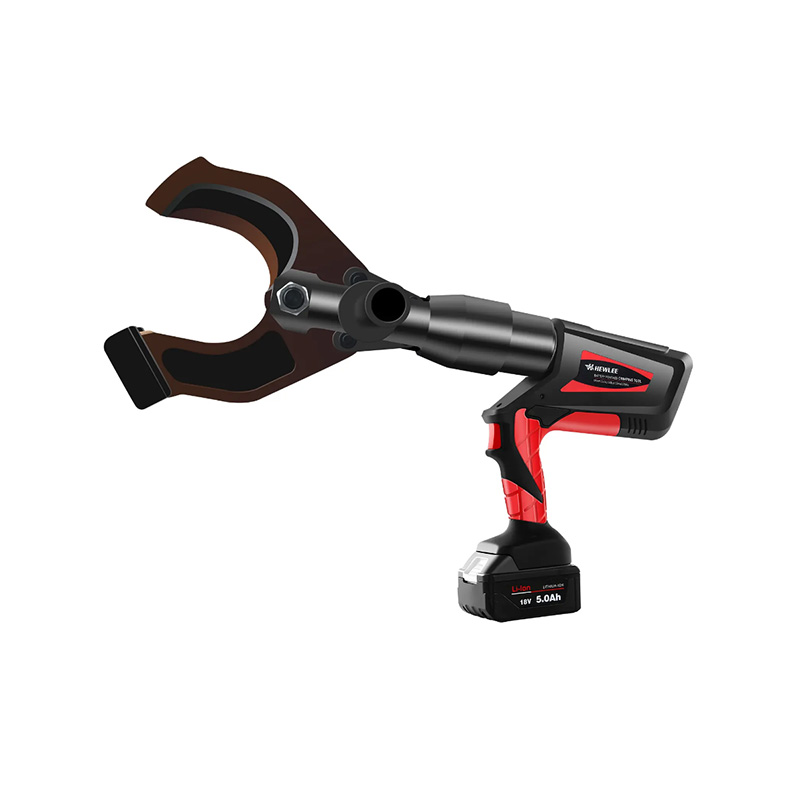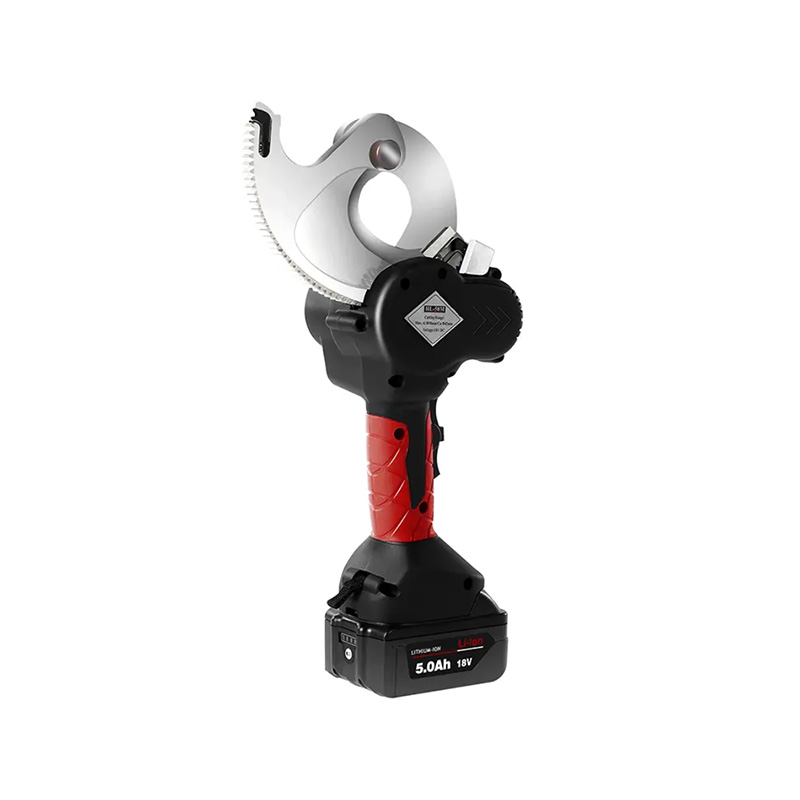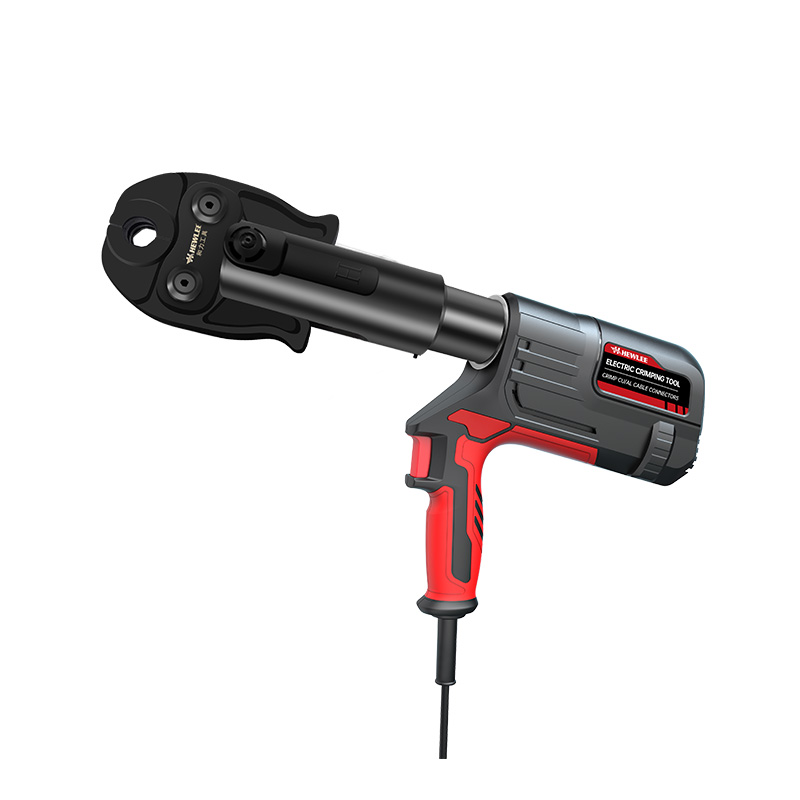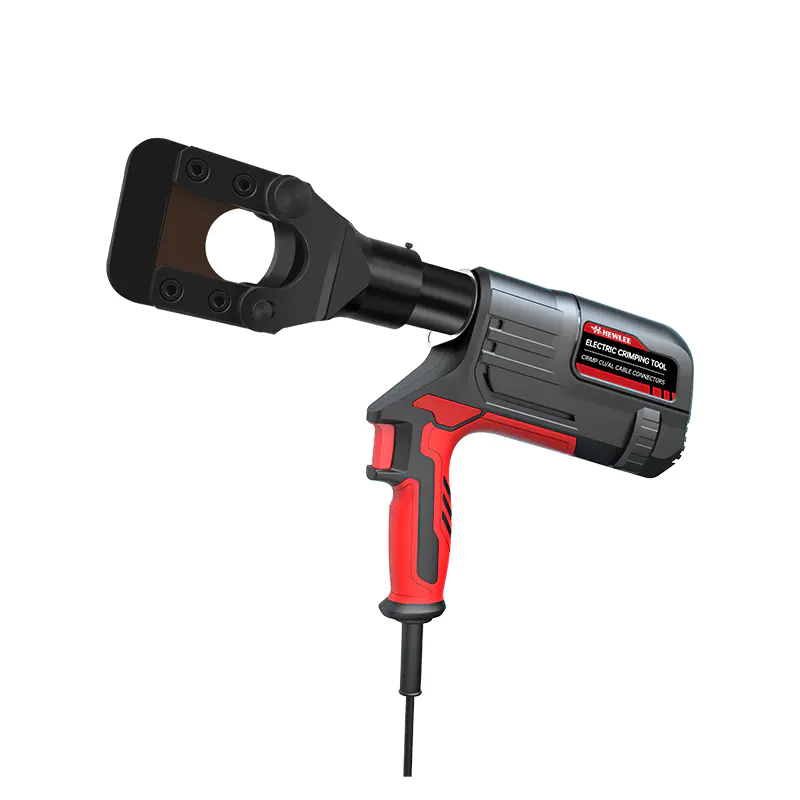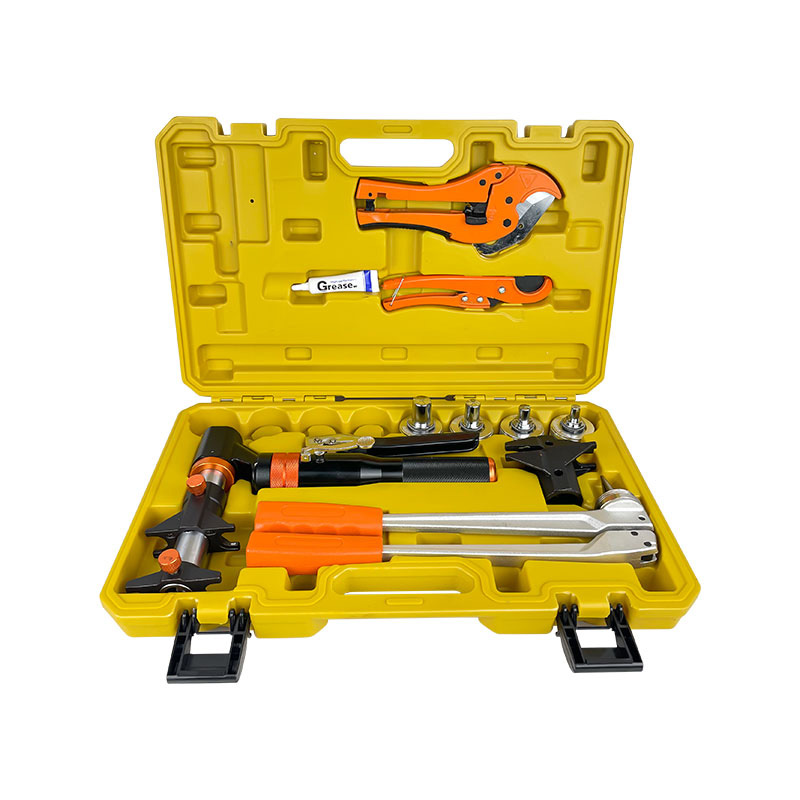Contact us to find out how our products can transform your business and take it to the next level.
Ergonomic Designs in Pipe Crimping Tools: Improving User Comfort and Safety
 2025.07.25
2025.07.25
 Industry News
Industry News
In the demanding environments of plumbing and industrial piping, the design of tools plays a crucial role in ensuring user comfort and safety. Pipe crimping tool, widely used for creating secure pipe connections, have benefited significantly from ergonomic improvements. This article examines how ergonomic design features in pipe crimping and pipe pressing tool contribute to better user experience, enhanced productivity, and reduced workplace injuries.
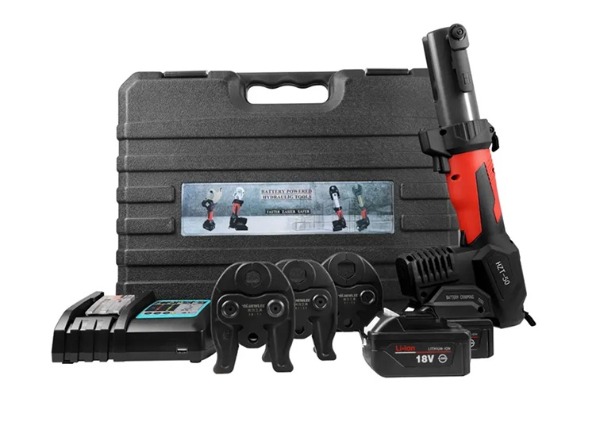
The Importance of Ergonomics in Hydraulic Tools
Using pipe crimping and pressing tools often involves repetitive motions and significant physical effort. Poorly designed tools can cause operator fatigue, discomfort, and even injuries such as repetitive strain or musculoskeletal disorders. Ergonomic considerations aim to minimize these risks by:
Designing handles and grips that reduce strain on hands and wrists.
Balancing tool weight to prevent muscle fatigue.
Incorporating controls that are easy to operate with less force.
These factors contribute to longer work periods without discomfort and lower the chance of work-related injuries.
Key Ergonomic Features in Pipe Crimping Tools
Modern pipe crimping tools incorporate several ergonomic design elements, including:
Comfortable Grip Materials: Non-slip, cushioned grips help reduce vibration transmission and improve hold, even in wet or oily conditions.
Balanced Weight Distribution: Tools are engineered to have an even weight balance, making them easier to maneuver and control during operation.
Compact and Lightweight Construction: Advances in materials and design have made hydraulic crimping tools lighter without compromising strength, allowing users to work efficiently in confined spaces.
Intuitive Controls: Buttons, triggers, and release mechanisms are placed within easy reach and require less force to operate, reducing hand fatigue.
Reduced Noise and Vibration: Some tools include dampening features to minimize vibration and noise exposure.
These improvements help users maintain precision and comfort throughout their tasks.
Benefits for Users and Employers
Ergonomic pipe crimping and pipe pressing tools offer advantages beyond immediate comfort:
Increased Productivity: Comfortable tools reduce fatigue, allowing operators to maintain focus and work efficiently for longer periods.
Lower Injury Risk: Ergonomic designs help prevent cumulative trauma disorders and other musculoskeletal injuries common in manual tool operation.
Improved Safety: Tools that are easier to handle and control reduce accidental slips or mishandling that could cause injury or damage.
Enhanced Job Satisfaction: Workers tend to appreciate tools that are designed with their comfort in mind, pilot to better morale and retention.
Employers also benefit from reduced downtime and healthcare costs related to workplace injuries.
Designing for Diverse Work Environments
Pipe crimping and pressing tools are used in a variety of settings—from residential plumbing to large industrial installations. Ergonomic designs take into account:
The need for portability on job sites.
Operation in tight or awkward spaces.
Use by operators of varying hand sizes and strengths.
Durability to withstand harsh conditions.
By addressing these factors, manufacturers create tools that adapt well to real-world demands.
Ergonomic design is an essential aspect of modern pipe crimping and pipe pressing tools, improving user comfort, safety, and productivity. By reducing physical strain and enhancing control, these tools enable professionals to perform their jobs more effectively and with less risk of injury.
At Wenzhou Hewlee Tools Co., Ltd., we prioritize ergonomic innovation in our electric hydraulic tools. Our goal is to provide users with equipment that supports their health and efficiency, contributing to better outcomes across plumbing and industrial applications.
 English
English русский
русский Español
Español
